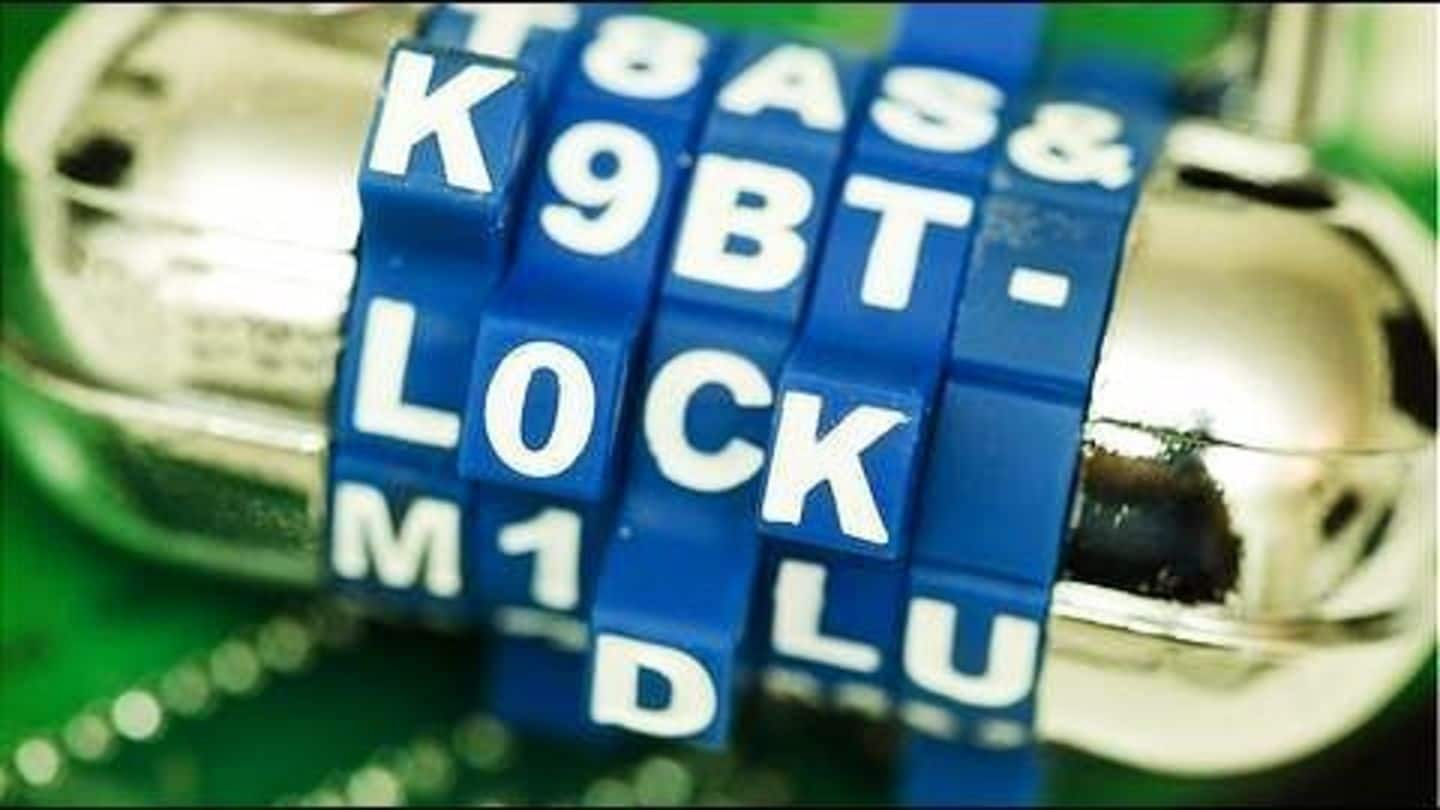
Indian IS sympathizers use al-Qaeda's encryption application: NIA
What's the story
The National Investigation Agency revealed a group of alleged sympathizers of the Islamic State terror outfit - conspiring to target Hyderabad's police stations - used a host of encrypted applications. They also used one such application developed by al-Qaeda's propaganda arm to secure their communications. Al-Fajr Media Centre distributes al-Qaeda's online propaganda material; its technical arm al-Fajr Technical Committee was established in 2012.
Information
Al-Fajr Technical Committee
Two years after establishment, al-Fajr Technical Committee released an Android version of its encryption program named Amn al-Mujahid - Security of Mujahid - for mobile phones in 2014.
Sympathizers
IS sympathizers also used Tor applications
The NIA said the members of the alleged IS sympathizer group, despite having access to encryption apps, never discussed their plans on such apps and preferred face-to-face conversations to discuss their targets. The group also used Tor (anonymity network) applications like 'Orbot' and 'Orfox', which conceal a user's internet usage by bouncing it through a series of computers around the world.
Quote
The NIA charge sheet
The NIA charge sheet against eight members of the alleged IS sympathizer group states, "Two members of the (IS sympathizer) group, Mohammed Ibrahim Yazdani and Abdulla Bin Ahmed al-Amoodi had downloaded Amn al-Mujahid encryption on their mobile phones."
Handlers
NIA needs to continuously update technology, knowledge
An NIA official said they need to continuously update their technology and knowledge to keep track of the suspect communication. The NIA charge sheet said two handlers of the group - one suspected to be Shafi Armar (of Karnataka) and a former member of Indian Mujahideen - kept them informed about latest encryption programs. Armar moved to Syria's IS-held region two years ago.
Hyderabad
Policepersons and police stations in Hyderabad targeted
The group planned to target policepersons and police stations in Hyderabad using navigation and map application called 'OsmAnd+' to plot targets. One of the members, Muzaffar Hussain Rizwan had a digital document containing three Global Positioning System coordinates, corresponding to Hyderabad's Kamathipura, Afzalganj and Bahadurpura police stations when plotted on Google Maps. During interrogation, Rizwan confirmed he was tasked with surveying police stations.
Information
IS handler in Syria
The coordinates of the police stations collected by Rizwan were reportedly sent to the IS handler in Syria using an application called 'Pidgin' that allows users to simultaneously log in to multiple chat accounts.
Applications
Plans to target religious places to instigate communal tensions
The alleged IS sympathizer organization was asked to use 'Nymgo' application for making Voice-over-Internet Protocol (VoIP) calls. Besides, the organization has also been using applications like 'Trillian' and 'Chatsecure', which are considered secure chat-apps, along with 'Tutanota' email that provides end-to-end encryption. The NIA also said the group was planning to target religious places in Hyderabad to "foment" communal tensions in the state capital.